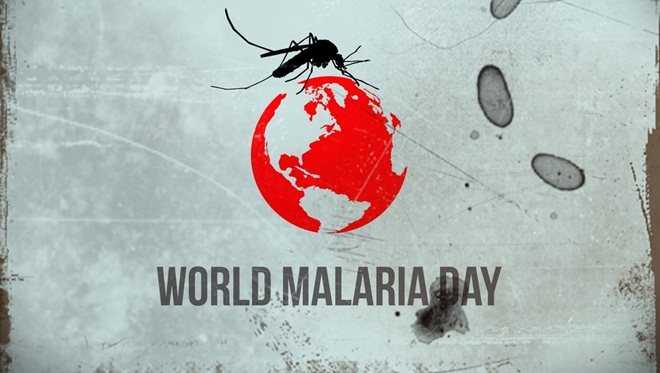World Malaria Day is an annual observation commemorating the elimination of malaria from countries reporting heavy incidence of the same each year. The day is marked on April 25 to celebrate the milestones attained by the affected countries approaching the goal of zero cases of the disease, the symptoms of which have an uncanny resemblance with the COVID-19. Established in May 2007 by the World Health Assembly, WHO’s decision-making body, World Malaria Day aimed at imparting insights into the disease, besides spreading information on the ‘year-long intensified implementation of national malaria-control strategies, including community-based activities for malaria prevention and treatment in endemic areas.’
Mosquito nets mounted atop ‘charpoys’ (nowadays replaced by modern beds) with ‘kachhua chhaap agarbattis’ placed in different corners of the house besides the electronic mosquito repellants and what-not. That’s the way mosquitoes are still warded off in modern India, one of the countries with the highest incidence of malaria, which has witnessed 28 per cent decrease in malaria cases and 41 per cent reduction in deaths related to the disease.
With the objective of eliminating malaria, which remains its top priority, the Government of India introduced its first National Framework for Malaria Elimination (2016-2030) in 2016. The Indian Government enhanced its funding by more than 25 per cent for the National Vector Borne Disease Control Programme and increased support as a donor to the Global Fund to Fight AIDS, Tuberculosis and Malaria in 2019. While the country is close to eliminating the disease completely, the sudden COVID-19 outbreak has posed a serious challenge to the elimination of malaria not only in India, but also globally.
Malaria is caused by the Plasmodium Parasites that spread through the bites of infected female Anopheles mosquitoes, called ‘malaria vectors’. Despite being life-threatening, this disease is both preventable and curable. Its symptoms include fever, chills, general feeling of discomfort, headache, nausea and vomiting, diarrhea, abdominal pain, muscle or joint pain, fatigue, rapid breathing, rapid heart rate, cough, which are similar to those of COVID-19.
Attributed to political commitment, strong healthcare system and domestic funding, the global anti-malaria drive seems to have run into a roadblock leading WHO to urge countries to maintain essential health services, including those for malaria, while ensuring the safety of communities and health workers from COVID-19 transmission. The countries affected by malaria too have responded to the call by adapting their health services and infrastructure, especially those dealing with the onslaught of malaria in accordance with the prevailing COVID-19 scenario.
The pandemic and the resultant lockdown hit the availability of goods and services required to deal with the onslaught of malaria really hard. Even as the lockdown has been lifted completely or partially in some of the affected places of the world, the availability of essentials need to tackle malaria has been badly hit with marked delays in the delivery of insecticide-treated mosquito nets or indoor insecticide spraying campaigns and interruptions in malaria diagnosis and treatment services with a majority of people either being unable or unwilling to approach health facilities for care. In the wake of the COVID-19 visitation, the World Health Organization (WHO) has urged the masses to get themselves tested for malaria and go for treatment in the eventuality of its occurrence.
 The writer possesses a Master’s degree in Journalism and Mass Communication. She has worked with The Indian Express and Hindustan Times. She is currently working as a Public Relations Officer with one of the renowned schools in Amritsar.
The writer possesses a Master’s degree in Journalism and Mass Communication. She has worked with The Indian Express and Hindustan Times. She is currently working as a Public Relations Officer with one of the renowned schools in Amritsar.

